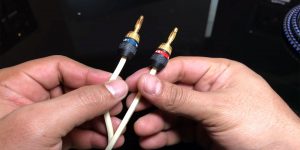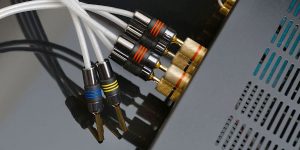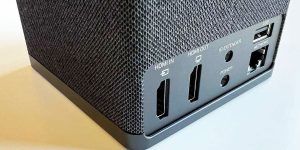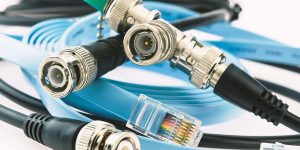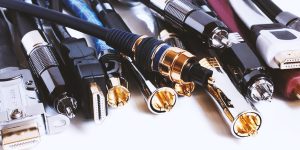There are many different subtleties and nuances in the field of audio and video equipment. Some may spend years studying and solving them, while others prefer to open the Internet and trust the opinions of professionals.
Here is, for instance, one question that frequently emerges: Does investing in high-priced audio cables truly deliver an audible improvement in sound fidelity? Using premium materials, meticulous craftsmanship, and the promise of an enhanced listening experience often affect the higher price tags of some cables. So I’m going to tell you now whether really expensive audio cables make a difference or if it’s just a placebo effect.
Factors affecting sound quality and price in cables?
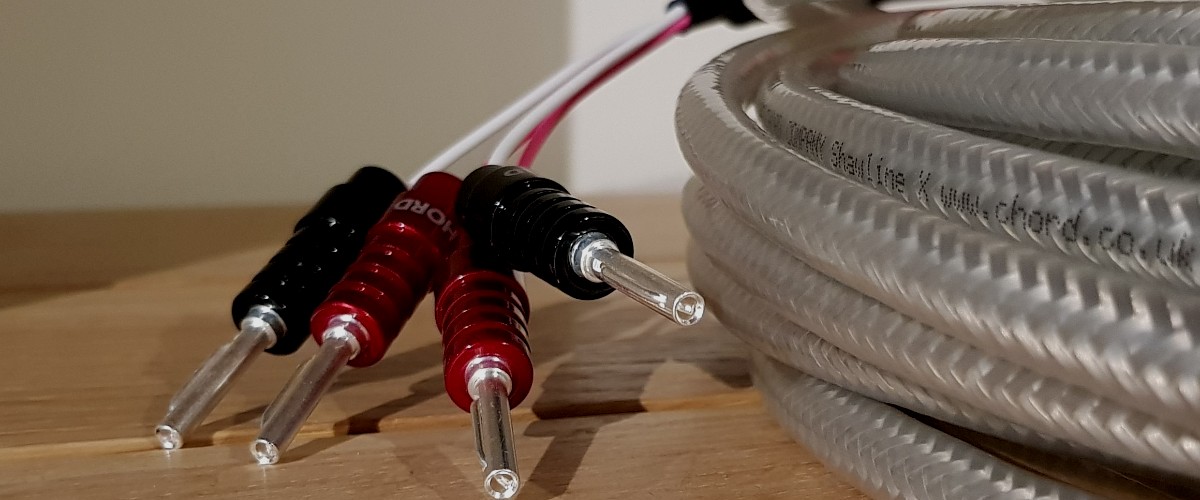
The sound quality and price of audio cables can be influenced by various factors, ranging from the materials used in their construction to the design and manufacturing processes. There are too many things to consider but I will try to make it clear how exactly cables make a difference in audio and what affects their price.
Conductors
These wires within the cable carry the electrical signals between audio components. Copper is a common material for audio cable conductors due to its excellent electrical conductivity. High-purity copper is often preferred for its low resistance, allowing for efficient signal transmission. Some premium cables use silver conductors, which have even higher conductivity than copper. It can convey high-frequency signals.
Thicker conductors generally have lower electrical resistance, which results in less signal loss and improved conductivity, especially over longer cable runs. While thinner conductors may be more flexible and cost-effective, they have higher resistance, potentially leading to signal loss, especially in high-capacitance environments.
I also would like to pay your attention to the geometric arrangement of conductors, such as twisting or braiding, which can impact the cable’s ability to reject electromagnetic interference and radio frequency interference. Some cables use parallel conductors to minimize capacitance and inductance, which can affect the cable’s impedance characteristics.
Insulation
The insulation of audio cables serves to protect the conductors and prevent electrical interference, but it can also have subtle effects on sound quality. The choice of its materials and design can influence factors such as capacitance, inductance, and resistance, which, in turn, may impact the transmission of audio signals.
Insulation with low capacitance is generally preferred for audio cables. It allows the cable to transmit high-frequency signals more effectively without causing signal loss or distortion. The dielectric constant of the insulation material can affect capacitance. Materials with a lower dielectric constant are often chosen to minimize the impact on signal transmission.
Polyethylene, Teflon, or foamed PE are commonly used for insulation in high-quality audio cables. They offer low dielectric constants, low capacitance, and good electrical properties.
While PVC (polyvinyl chloride) is a cost-effective material, it may have higher capacitance and dielectric constant compared to more advanced materials.
Shielding
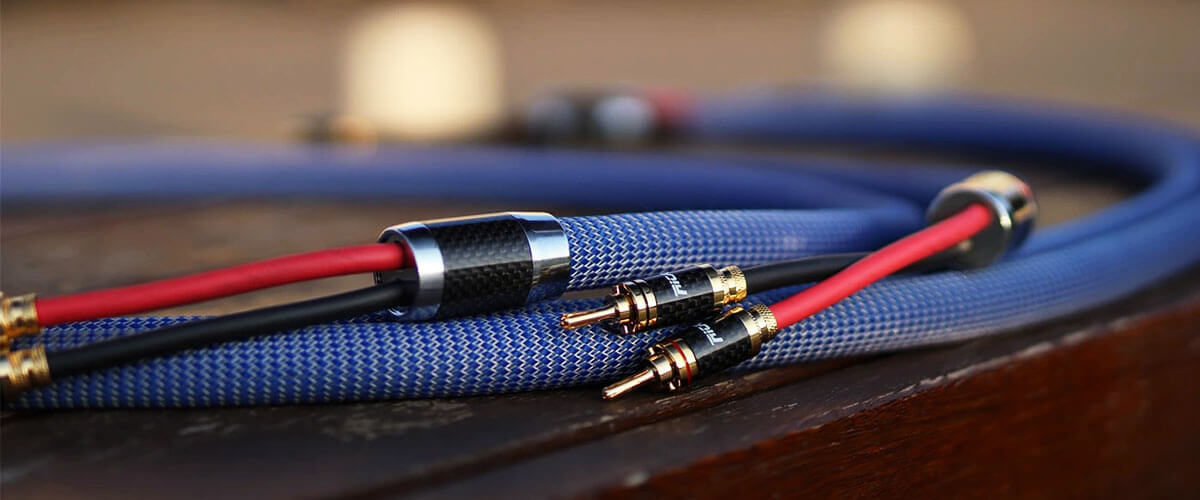
It plays a critical role in minimizing electromagnetic interference, which can impact the quality of the audio signal. The effectiveness of cable shielding can have subtle but important implications for the quality. Well-designed and properly implemented shielding helps prevent unwanted noise and interference from degrading the audio signal.
Shielding can help reduce the occurrence of ground loop interference, which is a common source of hum or buzzing in audio systems. There are cables with additional mechanical shielding to minimize noise caused by cable movement, vibrations, or handling. This can be particularly important in applications where cables may be subject to physical stress or movement.
Cables with braided shields are effective at blocking interference across a wide frequency range, providing good coverage and flexibility. Foil shields consist of a thin layer of metal foil around the conductors. They are effective at blocking high-frequency interference but may be less flexible than braided shields.
Conductive metals such as copper or aluminum have proven to be good in this area, increasing the cable’s ability to reflect interference. Ideally, it covers the entire length of the cable. Full shielding is particularly important in environments with high levels of electromagnetic or radio frequency interference.
Connectors
Connectors are integral components of the cables, and they can have subtle effects on sound quality. The design, materials, and construction of connectors can influence factors such as signal transmission, impedance matching, and durability.
Gold-plated connectors are used in more expensive cables. Gold is corrosion-resistant and offers good conductivity for a reliable and durable connection. Premium cables feature rhodium-plated connectors, which also provide corrosion resistance and high conductivity.
I rely on a secure and tight connection between the connector and the device’s input/output to minimize signal loss and maintain signal integrity. The material used for the connector housing can impact durability and shielding effectiveness. I’d recommend metal housings instead of plastic.
Cable design (balanced vs unbalanced)
The choice between balanced and unbalanced cable designs matters since each type is suitable for different goals and objectives.
Unbalanced cables typically have two conductors: an inner conductor that carries the audio signal and an outer that serves as the ground. They are more susceptible to electromagnetic interference due to the lack of a balanced signal path. This susceptibility can lead to noise or signal degradation, especially over longer cable runs. If you have shorter cable runs, I recommend unbalanced cables due to short distances; the susceptibility to interference may not be as pronounced. By the way, they are more widespread in consumer audio devices, such as connecting a CD player to an amplifier using RCA cables.
Balanced cables have 3 conductors: a positive (hot), a negative (cold), and a ground conductor. The balanced design helps in rejecting common-mode interference. Any interference that affects both conductors equally can be canceled out at the receiving end, resulting in a cleaner signal. They are suitable for longer cable runs, where interference becomes a more significant concern.
Balanced cables are generally better at rejecting external interference. The impact on sound quality may be more noticeable in specific applications, such as professional audio settings where long cable runs and interference are common.
Craftsmanship and durability implications of audio cables
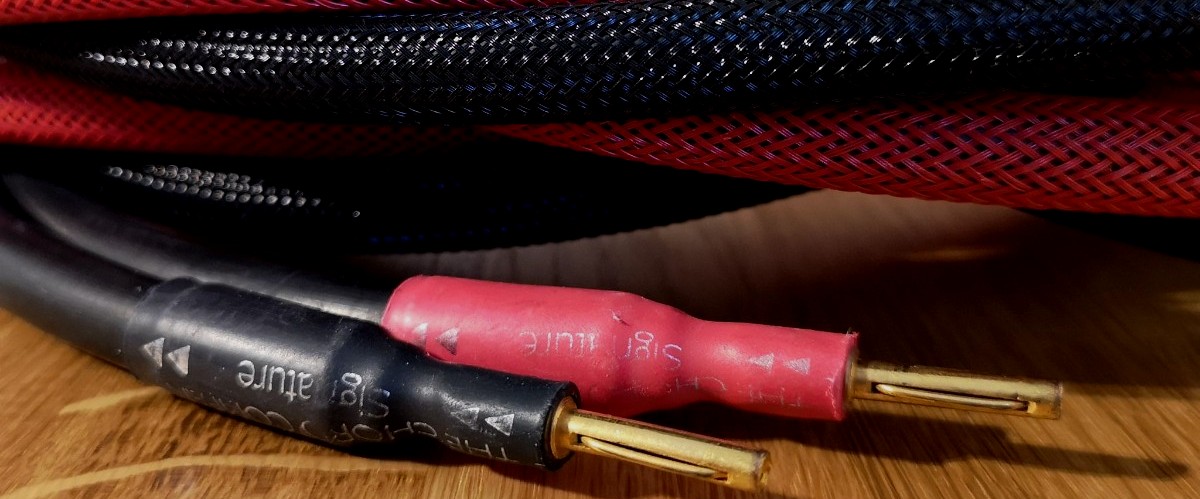
What I also always want you (my aspiring audiophiles) to check it’s the overall build quality, despite the materials used for the cable, which contributes to the durability and longevity. Note that cables that are hand-assembled or use meticulous construction techniques usually command a higher price due to the craftsmanship involved. This is one of the reasons why expensive speaker cables are worth it. Remember that if you have an expensive multimedia system at home, you should not save a few tens of bucks on cables. This will later cost you more or possibly, after a while, will negatively affect the sound and video. Of course, if your system is entry-level and you plan to change it soon, you should not use super-expensive accessories for it. They will not improve your audio and video experience.
In addition, one way or another, there is always some kind of trend in terms of the aesthetic component. Therefore, if you see a cable that stands out from the rest with its design, which naturally does not affect the sound quality in any way, then obviously, the price will be above average.
Are high-end audio cables worth it?
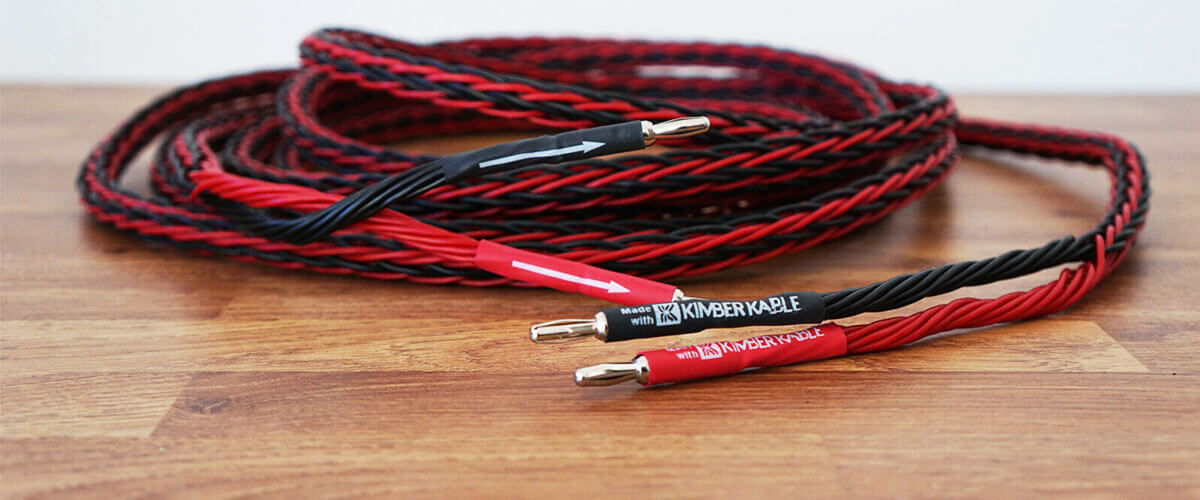
I already know, and I hope you also realize that established brands with a reputation for producing high-quality equipment set higher prices for their cables. They often come with warranty coverage, which I suggest everyone needs, contributing to their perceived value.
There is still an ongoing debate among audio enthusiasts about the extent to which cable quality impacts sound reproduction. While some argue that high-quality cables make a noticeable difference, others believe that the impact is minimal. I’d say that while I notice objective differences in the performance of high-end speaker cables, I recommend refraining from buying a very cheap cable. If you have a good enough mid-range or higher system, then expensive audiophile speaker cables will be a great addition, like a beautiful and reliable harness for a horse.



